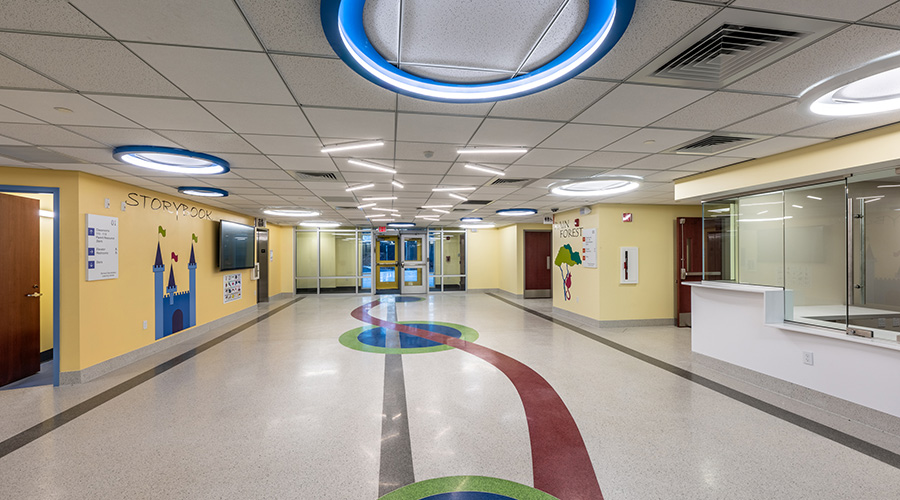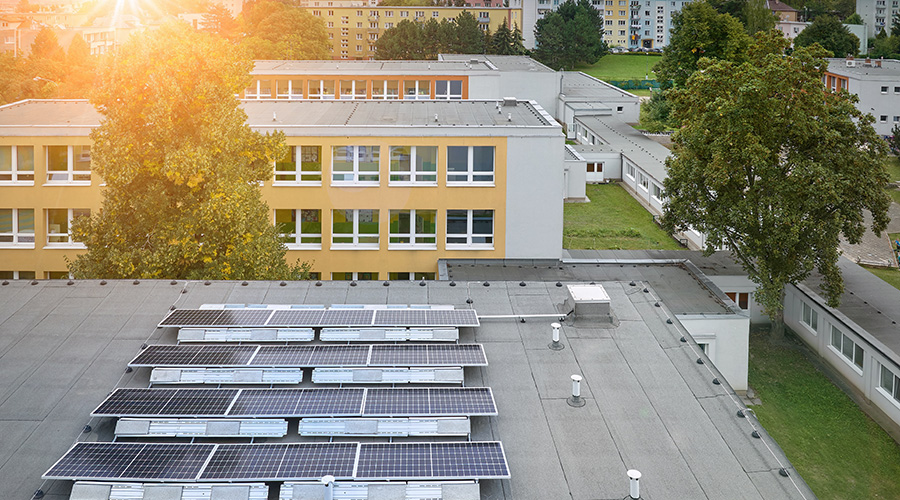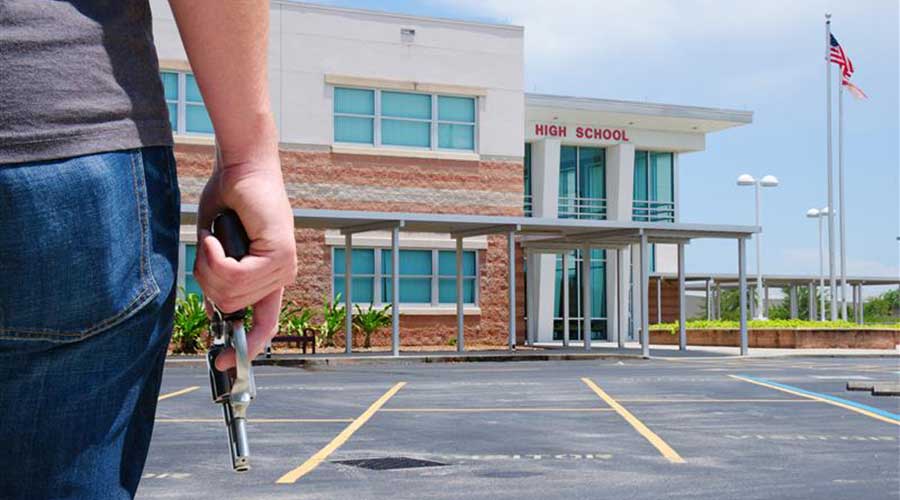Maintenance Bulletin
School conditions and teaching: The Link
A new report confirms a belief commonly held by both maintenance managers and teachers — the relation between well-maintained school buildings and successful teaching is strong.
Surveys of teachers in Washington, D.C., and Chicago revealed that “much of the infrastructure they work in is inadequate to meet the increasingly strict standards of academic achievement that are now being set by the school districts, states and federal government,” according to the report, “Public School Facilities and Teaching: Washington, D.C., and Chicago” by Mark Schneider, a professor at the State University of New York at Stony Brook.
The report focuses on how teachers evaluate the design of schools, as well as the condition of various aspects of their buildings, including indoor air quality (IAQ), noise levels, and thermal comfort. See the chart below for a breakdown of school-condition problems reported by teachers.
Among the key teachers’ responses to the survey are these:
- The school building plays a more important role in teaching quality than pay, the community, training and central administration.
- Nearly 60 percent of Washington, D.C., teachers report dissatisfaction with their schools, while about 30 percent of Chicago teachers report they are dissatisfied.
- Two thirds of teachers Washington, D.C., and well over one-half of teachers in Chicago report poor IAQ.
Among the report’s conclusions is that “poor facilities contribute to the high [teacher] turnover rates endemic to central urban school districts; in turn, high teacher turnover leads to increased recruitment and training efforts that drain schools of financial and human capital, both of which are essential to educational success.”

EPA Update: More Lessons on Campus
The U.S. Environmental Protection Agency (EPA) continues to push regulatory compliance among the nation’s colleges and universities. The goal of the efforts, largely in the EPA’s Northeast regions, is to increase regulatory compliance and protect air, water, building occupants and the surrounding areas.
In October, the EPA proposed a penalty of $262,700 against the University of Massachusetts at Amherst for violating the federal clean air act.
The EPA says an inspection in May 2000 revealed that, among other violations, the university: did not have a properly operating vapor recovery and control system at its gas station; did not keep records of maintenance, malfunctions and repairs of gasoline storage tanks; did not keep adequate records of its degreasing operations; and used automobile paints with excess levels of smog-forming solvents.
In November, Syracuse (N.Y.) University said it would participate in the agency’s self-audit program, the first such participation by a private college or university.
Under the program, the university must conduct a comprehensive environmental audit, report violations it discovers, correct problems with environmental management and act to prevent recurrence of violations. In return, the EPA agrees to waive gravity-based penalties for self-disclosed violations.
For a more on the EPA’s activities relating to colleges and universities, see “The EPA on Campus” in the October 2002 issue of Maintenance Solutions.
Related Topics:












